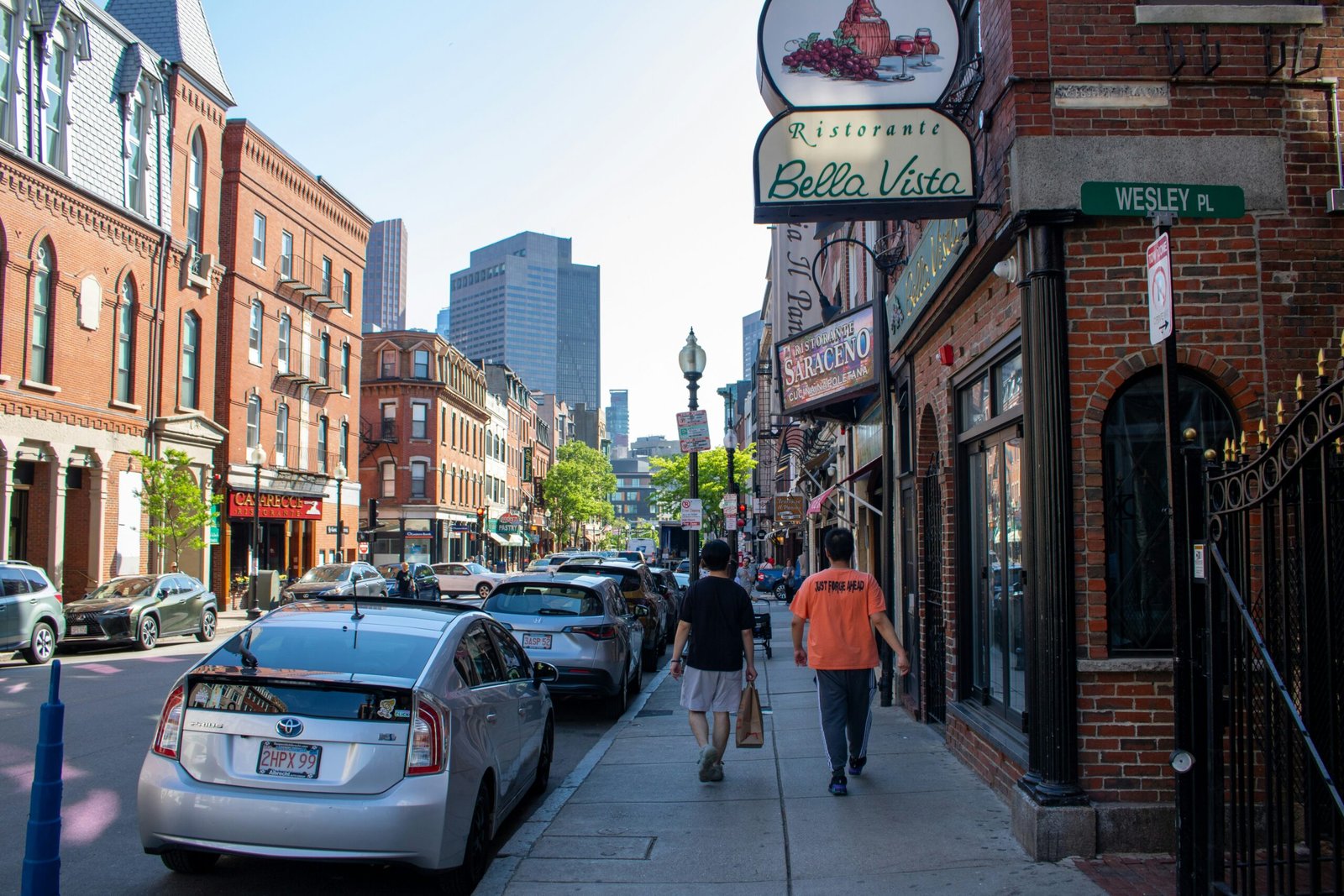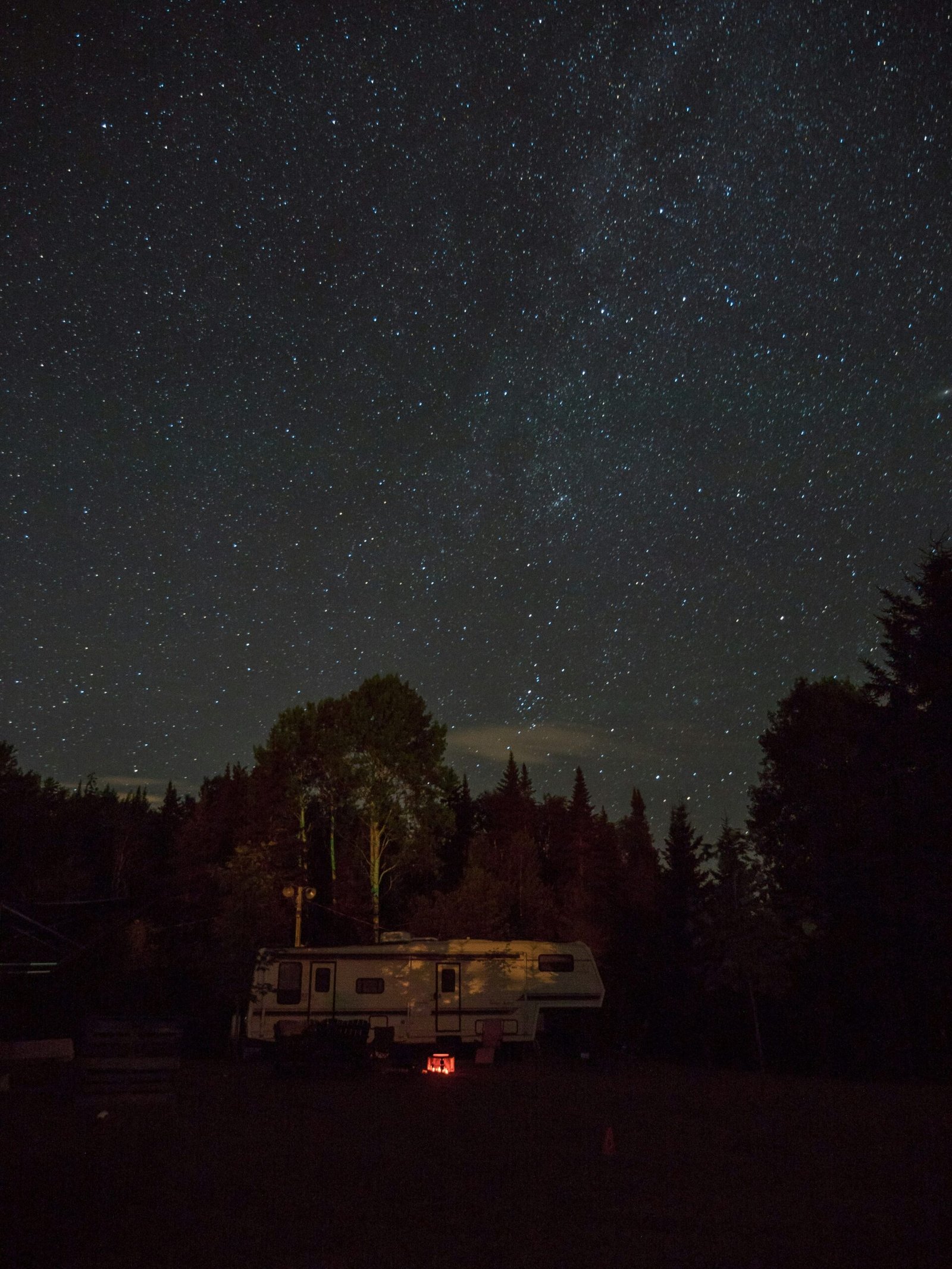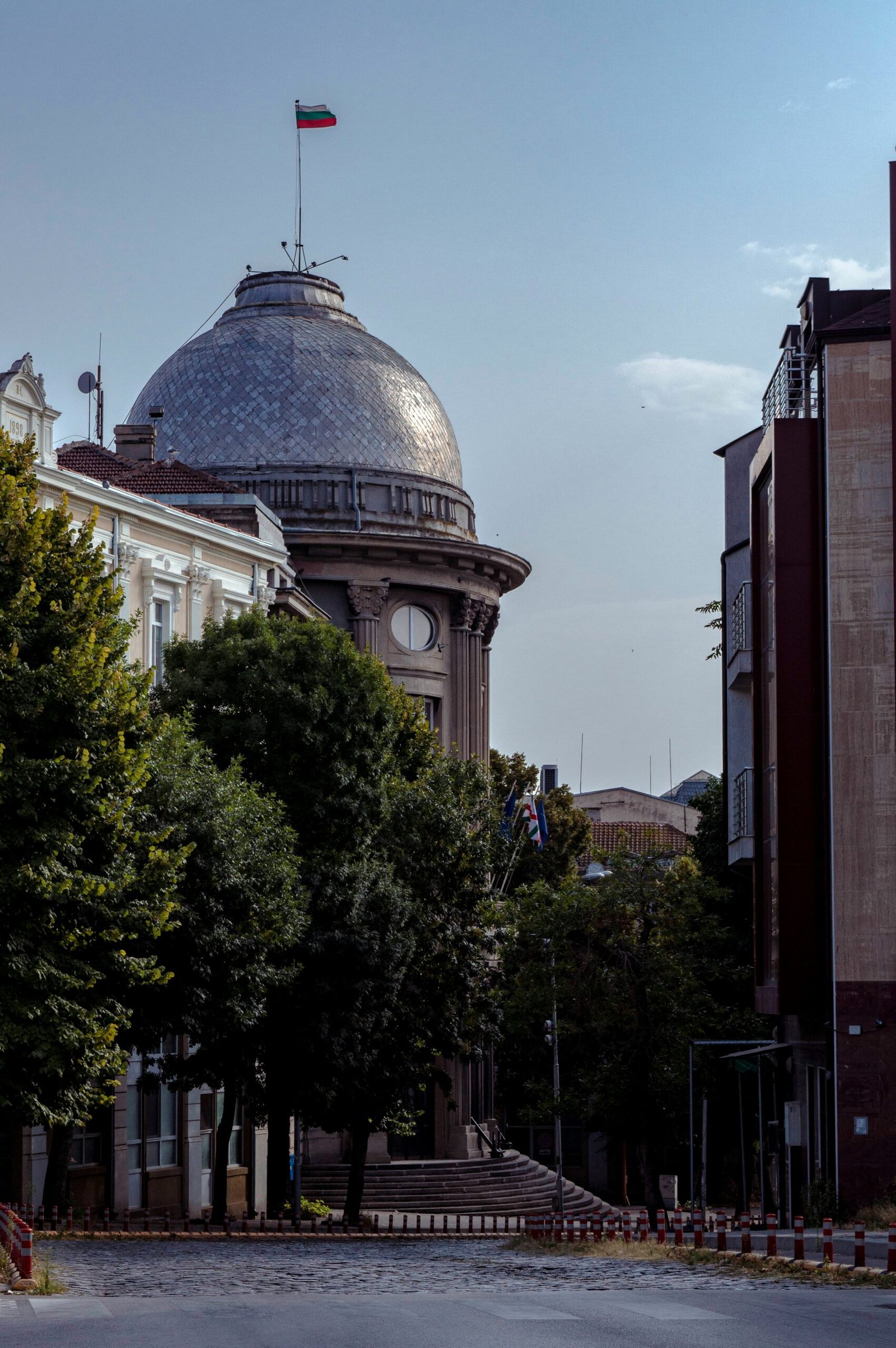Introduction to Self-Guided City Walks
In recent years, self-guided city walks have gained significant popularity among both locals and travelers seeking to experience urban environments from a unique perspective. This trend encourages individuals to leave behind the constraints of guided tours and venture into the streets at their own pace. By exploring cities on foot, walkers are afforded the opportunity to uncover hidden gems that may not be prominently featured in travel guides or popular attractions.
The essence of self-guided city walks lies in their ability to foster a deeper connection with the local culture and architectural heritage. Unlike traditional tours that often follow a predetermined route, self-guided explorations allow individuals to choose their paths based on personal interests, curiosity, and spontaneous discoveries. This flexibility enables participants to appreciate the nuances of urban life, from vibrant street art to charming cafés tucked away in quiet alleys.
Moreover, the rise of technology has further enhanced the appeal of self-guided walks. Numerous mobile applications and online resources provide detailed maps, interesting anecdotes, and suggested routes for urban explorers. These tools empower participants to design their walking tours tailored to their preferences, interests, and time constraints. Whether one is an art enthusiast, history buff, or simply in search of picturesque views, the ever-growing availability of information makes creating personalized walking experiences more accessible than ever.
In essence, self-guided city walks not only offer a chance to engage with the hidden aspects of urban terrain but also encourage a sense of adventure and discovery. They promote a more profound appreciation for cities and the stories they hold, transforming a simple walk into a meaningful exploration filled with insights and memories. This blog post will delve into the numerous benefits and captivating experiences that self-guided city walks have to offer.
Benefits of Walking Over Other Modes of Transport
Walking serves as one of the most rewarding and enriching methods for urban exploration, providing numerous advantages over other modes of transport. One of the most notable benefits is the slower pace of travel that walking inherently entails. This deliberate tempo allows for deeper observation of one’s surroundings, encouraging participants to notice architectural details, local flora, and unique street art that would easily be overlooked when moving at higher speeds, such as in cars or on public transport.
Moreover, walking offers increased accessibility to various locations typically unreachable by vehicles. Many cities boast narrow streets and hidden alleyways that can only be traversed on foot. These often-overlooked passageways can lead to quaint shops, charming cafés, and breathtaking views, enriching the urban experience far beyond what automobiles or buses can provide. By exploring on foot, individuals can uncover hidden gems that encapsulate the culture and history of the area, promoting a more immersive travel experience.
Additionally, the physical health benefits of walking are widely recognized. Regular walking contributes to improved cardiovascular health, weight management, and overall fitness. It is a low-impact exercise that is easily accessible to individuals of all ages and fitness levels, making it a practical option for everyone. Mental well-being also flourishes through walking. The act of walking aids in stress reduction, bolsters mood, and enhances cognitive function, providing individuals an opportunity to practice mindfulness amidst the bustling urban environment.
In light of these benefits, it is clear that walking not only enriches the experience of urban exploration but also fosters a healthier lifestyle. Choosing to wander the city on foot aligns perfectly with the desire to discover and appreciate the multifaceted nature of urban landscapes, making it a mode of transport that transcends mere necessity.
Planning Your Self-Guided Walk
Embarking on a self-guided city walk can be an enriching experience, allowing individuals to explore urban environments at their own pace. To fully enjoy this endeavor, it is crucial to plan thoroughly, ensuring that the route aligns with personal interests and preferences. Begin by considering what aspects of the city resonate most with you—be it historical landmarks, vibrant neighborhoods, or serene parks. Tailoring your walk to your interests not only enhances enjoyment but also makes it more memorable.
Research is an essential component of effective planning. Familiarize yourself with the city’s significant landmarks, cultural institutions, and hidden gems. Utilize online resources, guidebooks, or local tourism websites to uncover fascinating historical facts and engaging stories related to the places you wish to visit. This background knowledge can make your exploration more meaningful, deepening your appreciation for the urban environment.
Technology plays a pivotal role in modern navigation. Mapping apps and GPS devices can significantly enhance your self-guided walk, offering real-time directions and allowing for spontaneity in your route. Before setting out, download relevant applications that provide offline maps, giving you the assurance that you will remain oriented even in areas with poor connectivity. Additionally, consider taking screenshots or saving key locations in advance to minimize potential disruptions during your journey.
While walking through the city, safety should always be a priority. Stay aware of your surroundings, stick to well-lit and populated areas, and avoid distractions such as constant smartphone use. Inform someone about your walking plans, especially if you intend to explore less familiar areas. Lastly, be prepared for varying weather conditions by checking forecasts ahead of time and dressing appropriately. By adhering to these planning strategies, your self-guided city walk will be both enjoyable and secure.
Finding Inspiration for Your Walks
Embarking on self-guided city walks can be an enriching experience, especially when one has a variety of sources for inspiration. For many avid walkers, online blogs and personal travel diaries serve as a treasure trove of ideas. These platforms often feature unique itineraries, local secrets, and personal anecdotes that can spark enthusiasm for exploration. By reading about someone else’s adventure, you may find hidden gem locations or unconventional routes that align with your interests.
Social media platforms, particularly Instagram and Pinterest, cater to visual enthusiasts and often highlight stunning urban landscapes and charming streetscapes. Users share captivating photos and creative itineraries, allowing you to visualize potential routes and discover new areas to explore. Searching hashtags such as #CityWalks or #UrbanExploration can yield countless ideas that may fuel your walking passion, encouraging you to venture off the beaten path.
In addition to blogs and social media, guidebooks remain a reliable source for curated walking routes and essential insights about each neighborhood’s history and culture. Many guidebooks also provide recommendations for culinary stops, artistic landmarks, and scenic vistas, which can enhance your overall experience. Local tourism websites complement this information, often featuring seasonal events or recently established attractions that can make your walk even more engaging.
Ultimately, the most memorable self-guided walks will align with your personal interests. Whether you are captivated by historical architecture, vibrant street art, local gastronomy, or serene natural surroundings, tuning into your preferences will help create a meaningful journey. By embracing various sources of inspiration and considering what truly excites you, each city walk can evolve into an informative and enjoyable adventure filled with discovery.
Key Urban Themes to Explore
Exploring a city on foot opens up a multitude of opportunities to engage with its unique culture and atmosphere. Different themes can guide this self-directed journey, allowing an individual to appreciate the urban space in various ways. Each theme offers a distinct lens through which the complexities of city life can be examined, unearthing hidden gems and enriching experiences.
One prominent theme is historical architecture. Cities often serve as living museums, showcasing the evolution of design and construction methods. Walking tours focused on historical landmarks enable enthusiasts to delve into the stories behind iconic buildings, thereby gaining insight into the city’s heritage and the influences that shaped it over time. Observing the distinctive architectural styles can provide a deeper understanding of the cultural narratives embedded within the urban landscape.
Street art serves as another vibrant theme for exploration. This form of artistic expression reflects the voice of the local community and often tackles social issues, making it both a visual delight and a conversation starter. Engaging with street art not only enhances the walking experience but also fosters a connection with contemporary urban culture. Many cities now offer dedicated trails highlighting the best murals and graffiti, attracting both art lovers and curious visitors alike.
Local cuisine is an indispensable theme in any self-guided city walk. Food is a fundamental aspect of culture, and sampling local dishes creates a sense of place. Food markets, street vendors, and small eateries provide opportunities to taste regional specialties, enriching one’s understanding of the city’s culinary landscape. Walking from one locale to another while indulging in local flavors can transform a routine exploration into a flavorful adventure.
Cultural sites, including museums, galleries, and theaters, further add depth to city exploration. Each cultural institution encapsulates the artistic and historical narrative of the city, often offering seasonal exhibits or performances that can enhance the walking experience. Additionally, natural green spaces such as parks or botanical gardens provide a soothing contrast to the urban environment, inviting moments of reflection amidst a bustling city.
By focusing on these urban themes—historical architecture, street art, local cuisine, cultural sites, and green spaces—visitors can uncover the multifaceted nature of a city. Engaging deeply with these themes enriches one’s experience and fosters a greater appreciation for the diversity that urban environments offer.
Engaging the Senses While Walking
Exploring cities on foot offers a unique opportunity to connect with the surroundings on multiple sensory levels. Engaging our senses during self-guided city walks can transform a simple stroll into an immersive experience filled with rich discoveries. To begin, it is essential to listen attentively to the ambient sounds of the urban environment. The hum of traffic, the laughter of passersby, and the distant music from street performers all contribute to a vibrant soundscape. By allowing these sounds to wash over you, you can develop a more nuanced understanding of the city’s atmosphere.
In addition to sound, paying attention to the scents that waft through the air can enhance your experience. The aroma of freshly baked bread from a nearby bakery, the earthy smell of a local park, or the sweet fragrance of blooming flowers can evoke memories and feelings, adding layers to your urban exploration. Take a moment to pause and breathe deeply; this practice will help you cultivate an appreciation for the often-overlooked olfactory elements that characterize different neighborhoods.
Touch is another vital sense that can deepen your connection to the urban landscape. As you navigate through the city, explore various textures—running your fingers along a cool stone wall, feeling the warmth of sunlight on your skin, or noticing the roughness of a tree trunk. These tactile experiences can ground you in the present moment, fostering a sense of mindfulness that is often lost in our fast-paced digital lives.
Lastly, relinquishing a rigid itinerary can lead to spontaneous discoveries. Embrace the unexpected by allowing your curiosity to guide you. A detour might reveal a hidden gem, a charming café, or a captivating street art installation. By engaging fully with your senses, you will not only enjoy your walk but also uncover the rich, layered narratives that cities have to offer.
Documenting Your Walks
Embarking on self-guided city walks provides a unique opportunity to explore urban landscapes and unearth hidden gems. Documenting these explorations can enrich your experience, allowing you to reflect on the memories and insights you gain during each stroll. One effective way to capture your journey is through photography. By taking pictures of interesting architecture, street art, or charming storefronts, you can preserve the essence of each neighborhood you visit. Consider using a dedicated photography app to enhance your photo quality and create a cohesive gallery of your adventures.
In addition to photography, journaling serves as a reflective tool that can deepen your connection with the places you discover. A travel journal allows you to articulate your thoughts, emotions, and observations about each area. Include details about the sights, sounds, and even the people you encounter on your walks. This practice not only helps in processing your experiences but also creates a lasting record to revisit in the future.
For those looking to share their urban adventures with a broader audience, consider creating a personal blog. This platform can serve as a space to combine your photographs and journal entries, presenting your insights in an engaging format. Engaging with fellow urban explorers on social media is another effective approach. You can use hashtags related to your city, such as #CityWalks or #HiddenGems, to connect with like-minded individuals and encourage dialogue about different neighborhoods.
Sharing your experiences online not only fosters community but also inspires others to embark on their own self-guided walks. By documenting your journey through various mediums, you not only celebrate your city’s nuances but also contribute to a shared repository of urban exploration. Ultimately, the act of documentation enriches your understanding of the urban space, enhancing both personal reflection and community engagement.
Community and Social Connections
Self-guided city walks provide a unique opportunity for individuals to engage with their surroundings while fostering social connections. As people traverse urban areas, they often encounter locals and fellow explorers who share similar interests in the culture and history of the place. This organic interaction can lead to meaningful conversations, encouraging an exchange of ideas and experiences that enrich the walking experience.
Walking tours create a relaxed environment for socializing, as the pace of a stroll allows individuals to observe their surroundings and discuss noteworthy landmarks. Such encounters can result in the formation of friendships and the establishment of connections that extend beyond the walking experience. Engaging with the community enhances one’s understanding of local customs and practices, making the exploration of a city more immersive and rewarding.
Moreover, self-guided walks frequently reveal hidden gems, such as quaint cafes, local artisan shops, and community art installations, which serve as perfect venues for spontaneous gatherings. These locations may inspire participants to organize impromptu meet-ups or collaborative events with newfound acquaintances. Enthusiastic walkers may also come together to form informal walking clubs, further enriching their experience while fostering a deeper sense of belonging.
This communal aspect of walking encourages shared experiences, weaving stories into the fabric of the urban environment. As individuals connect with their cities through self-directed exploration, they often discover not only the physical features of the locale but also the vibrant tapestry of its community. Such engagement contributes to a more profound appreciation for the inhabitants’ unique narratives and the collective identity of the city.
Conclusion: The Joy of Discovering Urban Secrets
Walking through the streets of a city offers an unparalleled opportunity for exploration and discovery. Self-guided city walks not only allow individuals to set their own pace but also encourage spontaneous interactions with the urban environment. This form of exploration fosters a unique connection between walkers and the spaces they traverse, transforming the mundane into a remarkable adventure. By meandering through neighborhoods, people can uncover hidden gems—be it a quaint café tucked away on a side street, a vibrant mural on a forgotten wall, or a tranquil park that serves as an oasis amidst the urban hustle.
Furthermore, engaging in self-guided walks empowers individuals to embrace the freedom of choice. Without a fixed itinerary, one can veer off the beaten path and align their journey with personal interests or curiosities. This not only enhances the experience of visiting a city but also promotes leisure and mindfulness, creating moments of joy in the simplest of activities. As walkers dedicate time to their surroundings, they cultivate a deeper appreciation for the culture, history, and community that vibrant urban centers embody.
In addition to offering personal enrichment, walking stands as a sustainable alternative to traditional forms of transport. As cities contend with issues such as traffic congestion and pollution, walking presents an eco-friendly solution that encourages healthier lifestyles. By reducing reliance on vehicles, individuals contribute to cleaner air and a more harmonious urban landscape. Ultimately, self-guided walks reveal not only urban secrets but also foster a transformative relationship with the cities we inhabit or visit. Embracing the art of walking can lead to profound discoveries, enriching our understanding and appreciation of the world around us.




